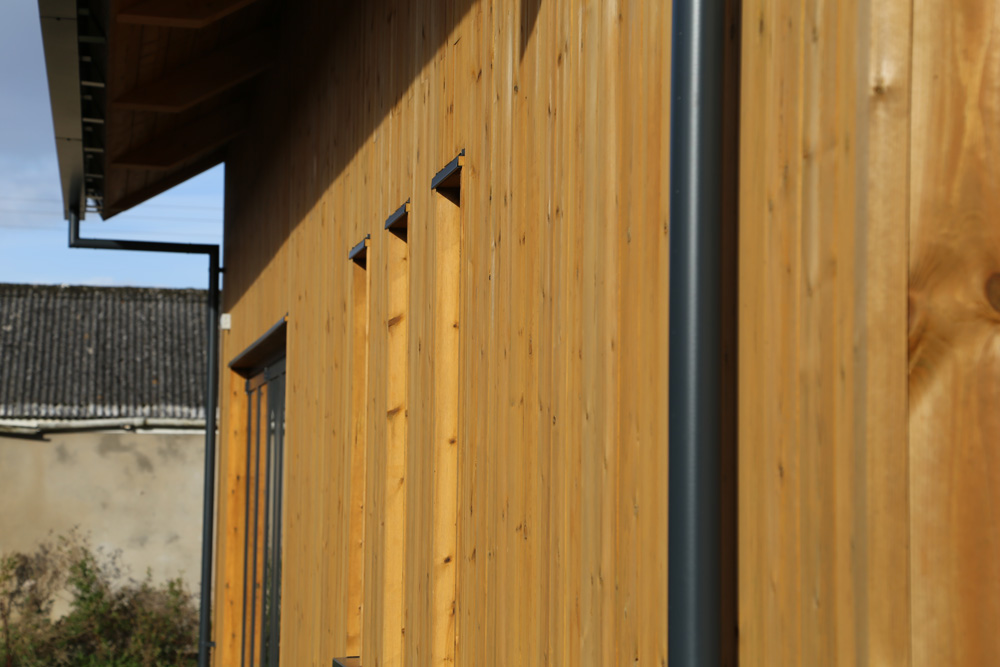Treated Timber: The Ultimate Guide to Treating Timber Cladding
Everything you Need to Know about Pressure Treated Timber
Timber is the perfect material for cladding. It is reliable and easy to work with. To ensure you get the most out of your timber cladding, you may want to treat and preserve the timber depending on the specie selection and natural durability. This will help protect the wood from rot and decay and mean your cladding lasts even longer. So what kind of treatment should you be looking out for?
Timber used for interior purposes will most likely be safe from decay. As long as wood is dry, it isn’t vulnerable to decay. But for timber used for external buildings and design, avoiding the rain is unlikely. This means they need to be adequately protected and treated.
Treating wood is highly dependent on the timber species. Click here for characteristics of different timber species. Some hardwoods are naturally very durable and aren’t susceptible to decay or rot. Treatment isn’t necessary with these types of species. Other types are more vulnerable so do need treatment of some kind. Many softwoods make great cladding as they are easy to work with and more affordable. They are more susceptible to decay though so treatment is vital in ensuring these woods can withstand the elements.

Pressure Treated Timber
Pressure treated timber is the best way to protect timber that’ll be used externally. Koppers Performance Chemicals are the worldwide leader in Wood Preservation Technology. MicroPro® technology, a revolutionary product from Koppers offers a way to pressure treat wood for decks, fences, landscaping and general construction uses. MicroPro pressure treated wood is treated with micronized copper preservatives, these help protect against rot, termite damage and fungal decay. Pressure treatment is also often referred to as tanalised timber.
Woods are often categorised into groups, 1-4, which illustrate their chance of rot and thus the type of treatment they require. Wood used inside and that is unlikely to get wet or rot doesn’t need much treatment (if any). However, wood used externally, that will be getting wet and damp, for example a gate post, will need the top level of treatment. Typically external cladding will be treated to UC3, out of ground contact.
The treatment is carried out in a large cylinder/tank that is designed to create a vacuum inside. Once the door is shut and the vacuum created, the preservative treatment enters the wood. The length of time and amount of pressure is determined by what kind of treatment is required for the wood. This goes back to what category of treatment (1-4) is required. Certain species will also allow more penetration than others. This is determined by the permeability of the species, the final stage of the treatment once the timber is out of the tank, is to allow the timber to dry back down to its pre-treated moisture content.

Pressure treated timber will be green initially, however this colour will fade to the natural colour of the timber over time. There are treatments available on the market such as NORclad Brunnea which contain a brown pigment, masking this green appearance initially, and offering a level of colour stability for the timber VS traditionally ‘green’ treated timbers.
When pressure-treated timber is installed, it is likely that it will be cut to shape. Any cuts that expose new wood surfaces should be treated with an appropriate treatment/ end seal. This can be done manually with a brush. This is referred to as brush applied or drip treatment and will help ensure all the wood is adequately protected.
For help choosing the best timber cladding for your next project, contact us today.


















